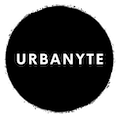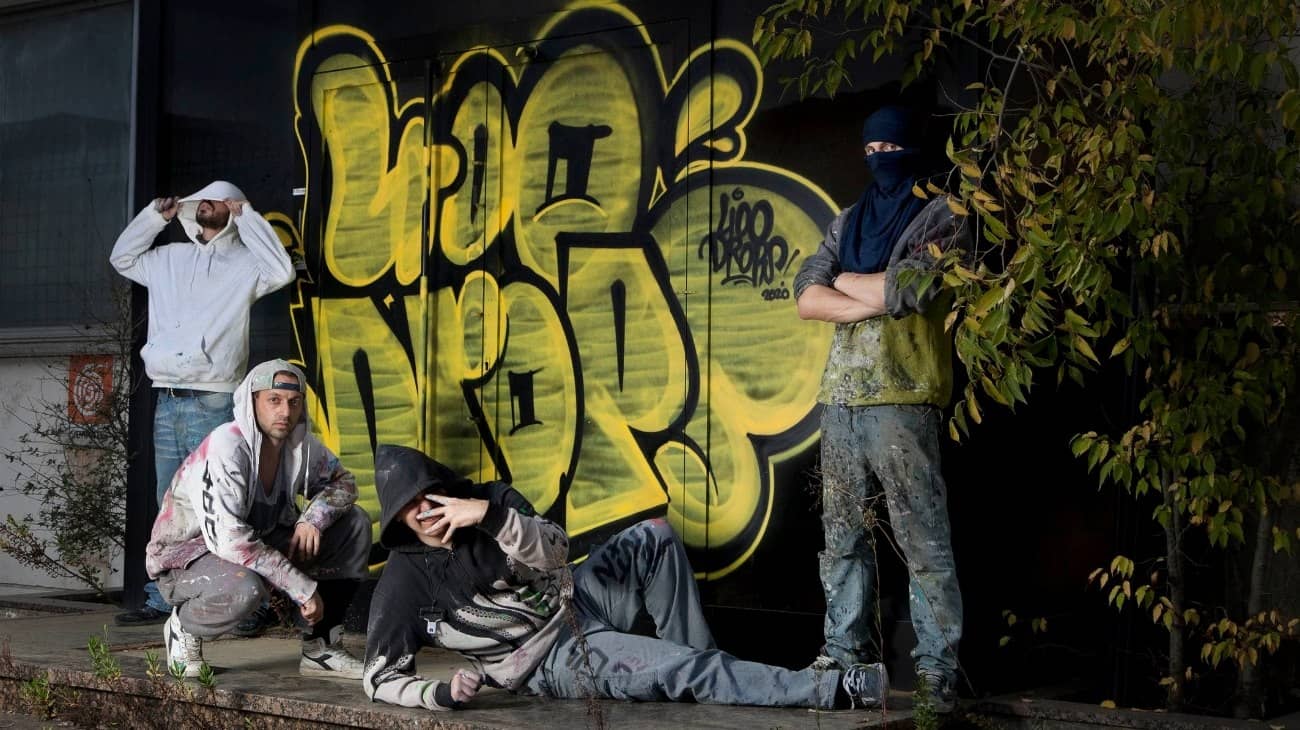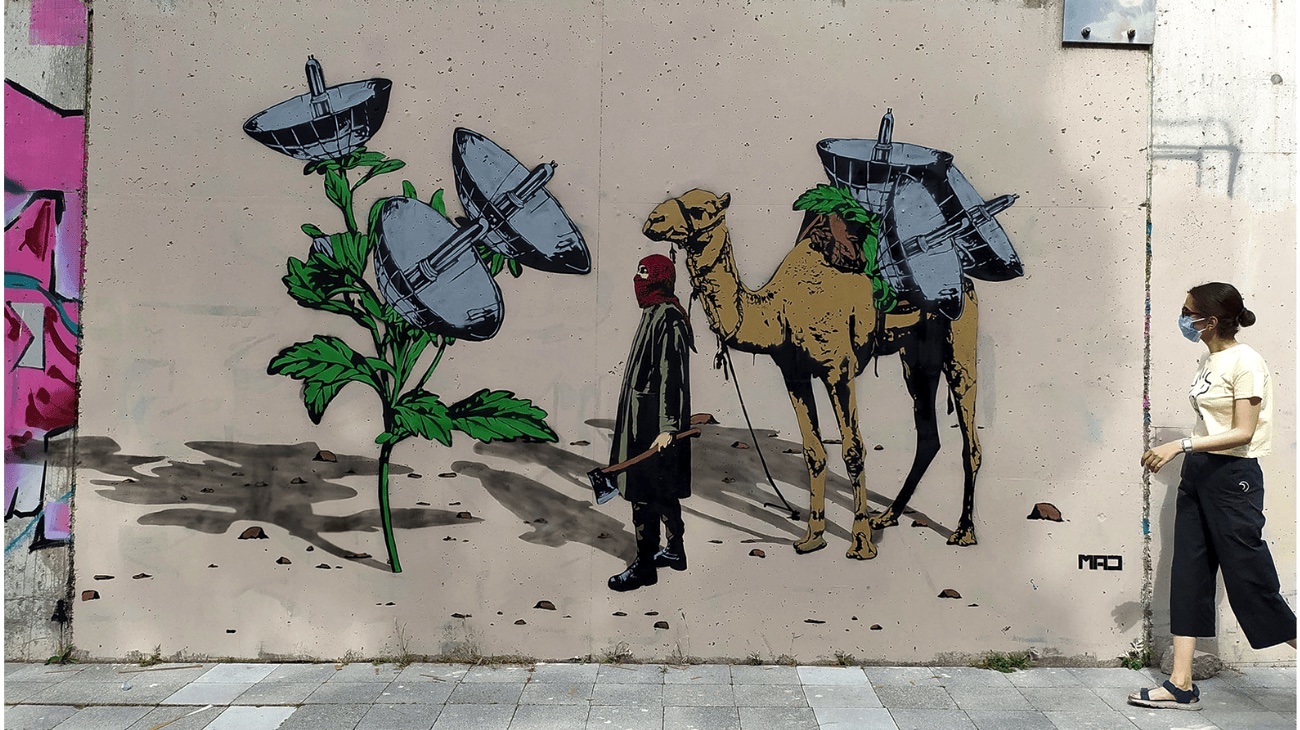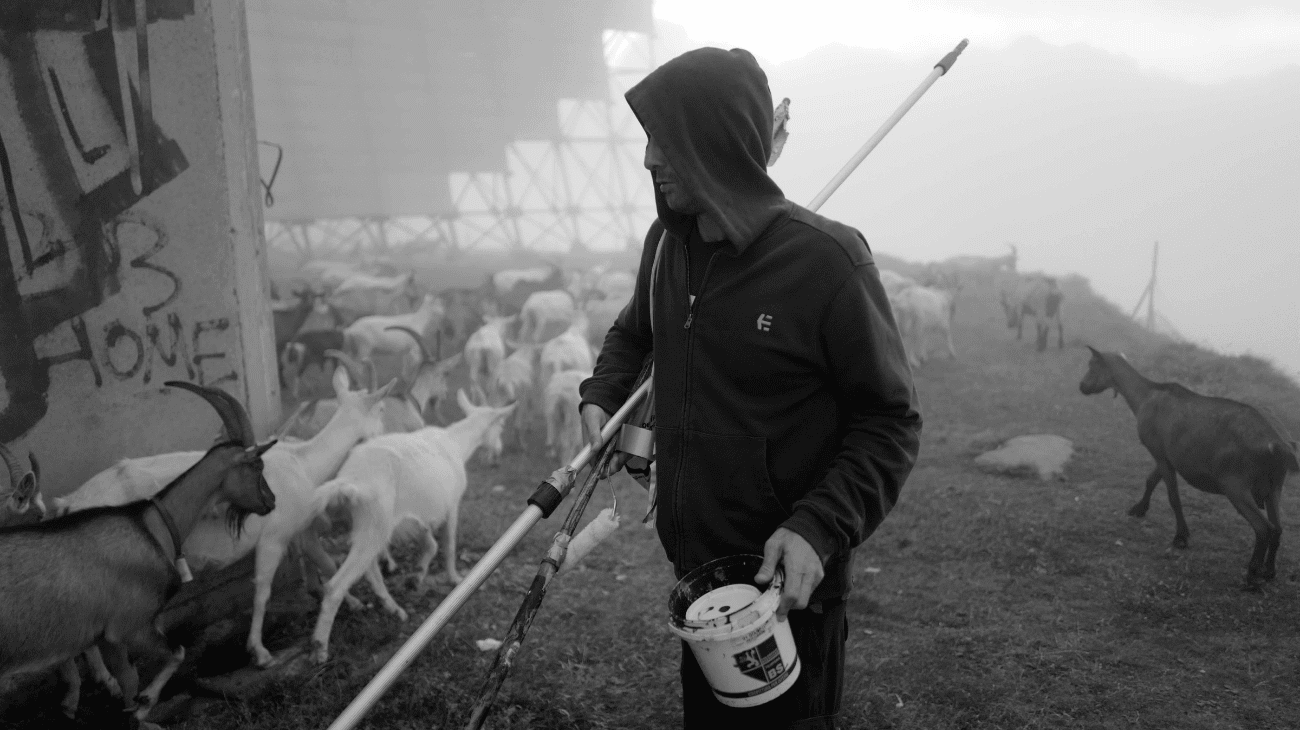
MARCO RÈA
Interview with Roman painter and urban artist Marco Rèa:
Art makes a society more mature and sensitive. I imagine an ordinary person walking along and being totally enraptured by a work on a wall. Maybe they don’t fully grasp the meaning of it, but they are shaken, intrigued, fascinated…
You call yourself an “artist from another world.” Can you tell us more about who you are, where you come from, and what you do?
My name is Marco Rèa. I am an artist, and I come from a planet in a small solar system, light years away from Earth 😉
Actually, I call myself that because I’m always a bit in my own world, with my head in the clouds. But also because I’m not interested in following the masses both in general and, above all, artistically. I give life to my own things, following personal research, my inspirations, and creating things that come from deep inside, from my world.
What is your opinion on (urban) art? How much does your art influence your daily life?
It may seem like an obvious answer, but art IS my daily life. I go to my studio almost every day, and even when I don’t go there my mind is always focused on art.
It is a fundamental presence in my life, both in the good times and the bad.
I come from the graffiti world and have always followed street art. My opinion on urban art can only be positive, and I am convinced that it is indispensable. Although I am very critical and personally appreciate a small part of it, I find it nice that everyone expresses themselves as they think best, and that’s the beauty of it, that anyone can do it.
Do you have a formal artistic education?
Yes, since I was a child I have always loved drawing and creativity. It was almost obvious to me, after middle school, to choose an artistic path. I graduated from art high school and completed SRF (Scuola Romana di Fumetti) and then graduated in art history with a thesis on “Illegality in Contemporary Art.” In addition to a formal art education, I also have an “informal” one, having done graffiti from 1996 to 2006. And all this has contributed to the formation of what I do today.
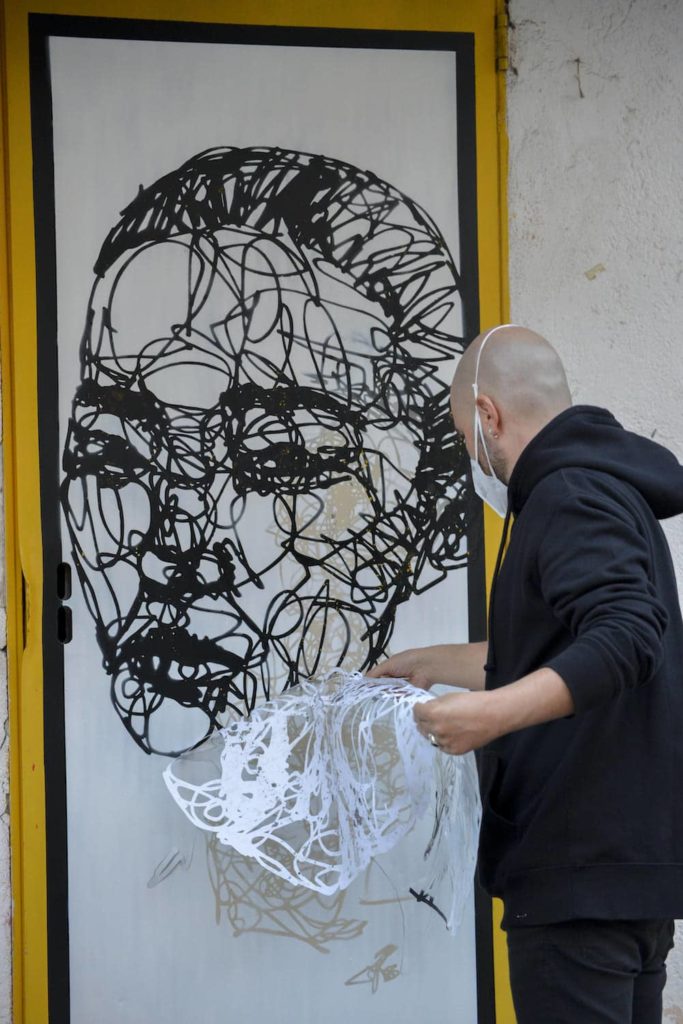

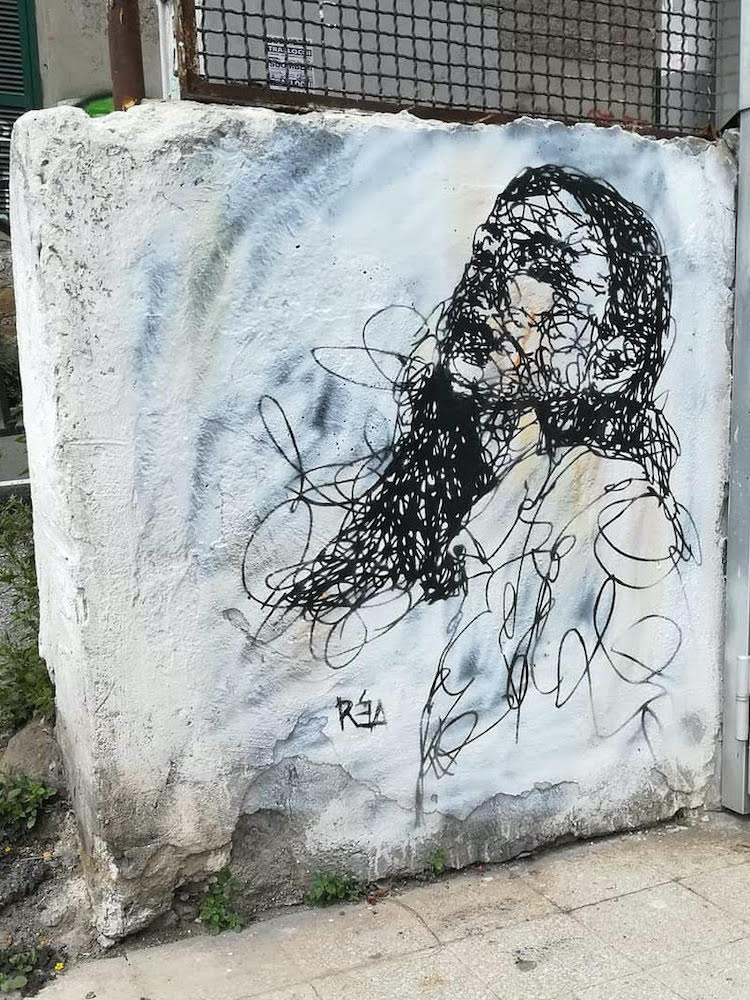
You are internationally known as a member of the Italian Lowbrow Art scene and have experimented with the practice of Appropriation Art, where you worked with spray paint on advertising and fashion photographs. In your recent works you have approached the style of Line Art. Can you tell us more about your artistic development and way of working?
As I said before, after doing graffiti for many years, in 2005 I started exhibiting my works in galleries, first in Italy and soon after in Europe, then in America and Japan. I came to the creation of this particular technique of “spray on billboard” after a long, even tiring, journey, but I’ve been rewarded with great satisfaction.
After 15 years, however, I felt that I had given everything I wanted and, even if it meant risking losing everything, I felt the need to change and experiment with other fields, to do other research. I abandoned the use of color stains, and I dedicated myself to the use of stencils, giving life to a series of female portraits formed by tangles of lines, a struggle between chaos and order. But I think that sense of elegance and composition of the earlier works remained the same. Even the inspiration for the subjects always comes from the world of fashion, which is distorted, and then takes on a new life in my works. I can say that these works are basically the other side of the same coin.
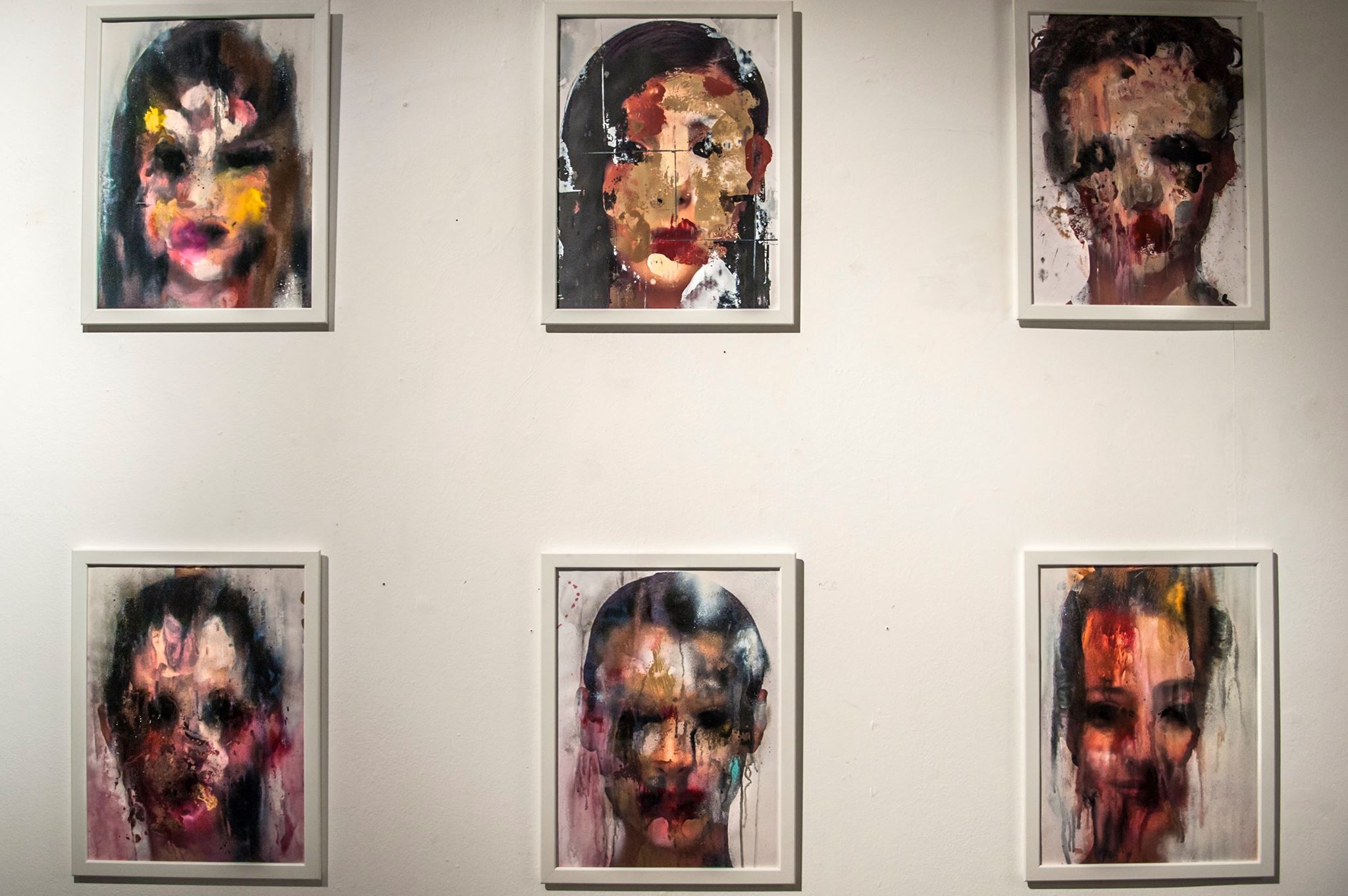
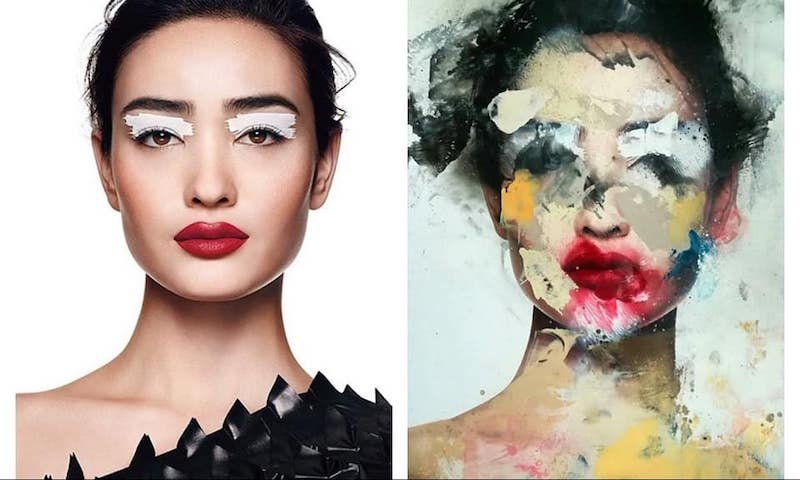
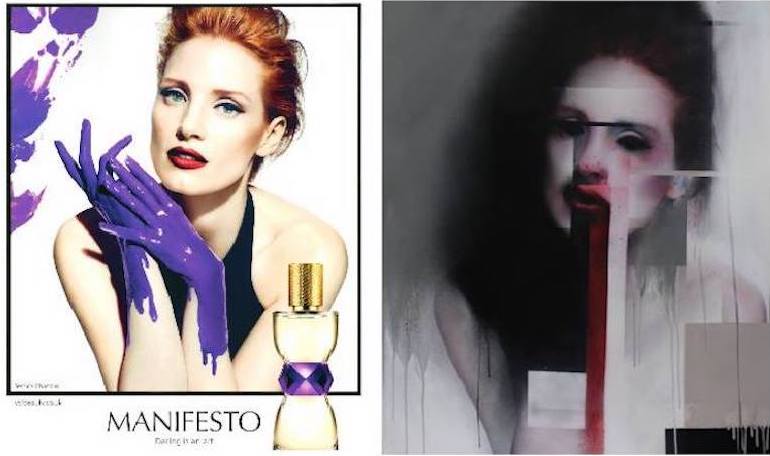
You are a contributor to SHOWstudio, a website focused on fashion communication. What is this part of your work about?
SHOWstudio is much more than a website: it is a sort of factory founded by Nick Knight (one of the most famous photographers in the world), whose headquarters is in a beautiful art gallery in the heart of London, inside a deconsecrated church. SHOWstudio is also a creative team that includes some of the most important names in the world, including artists, photographers, fashion illustrators, make-up artists, etc… I think that Lady Gaga is also part of it.
I’ve done several exhibitions with them, both in London and Tokyo, and I’ve done illustrations for Paris Fashion Week. I have also collaborated with Kate Moss, the actress Chloe Sevigny, etc… It’s a real honor for me to be a part of it.
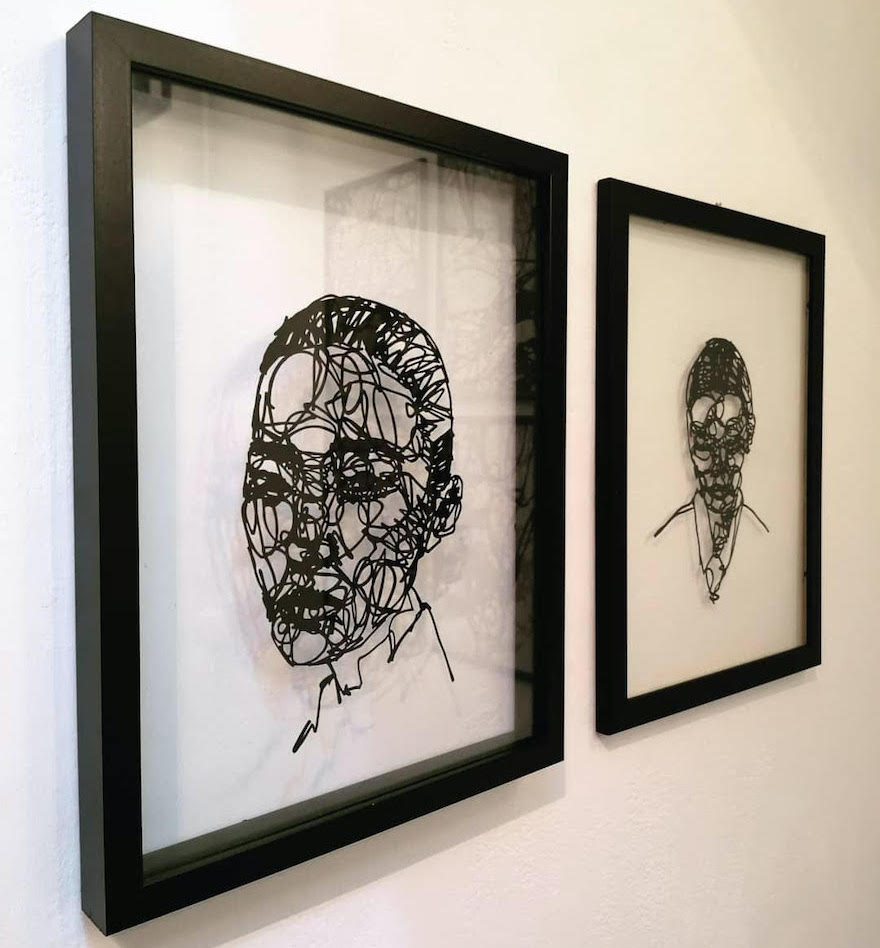
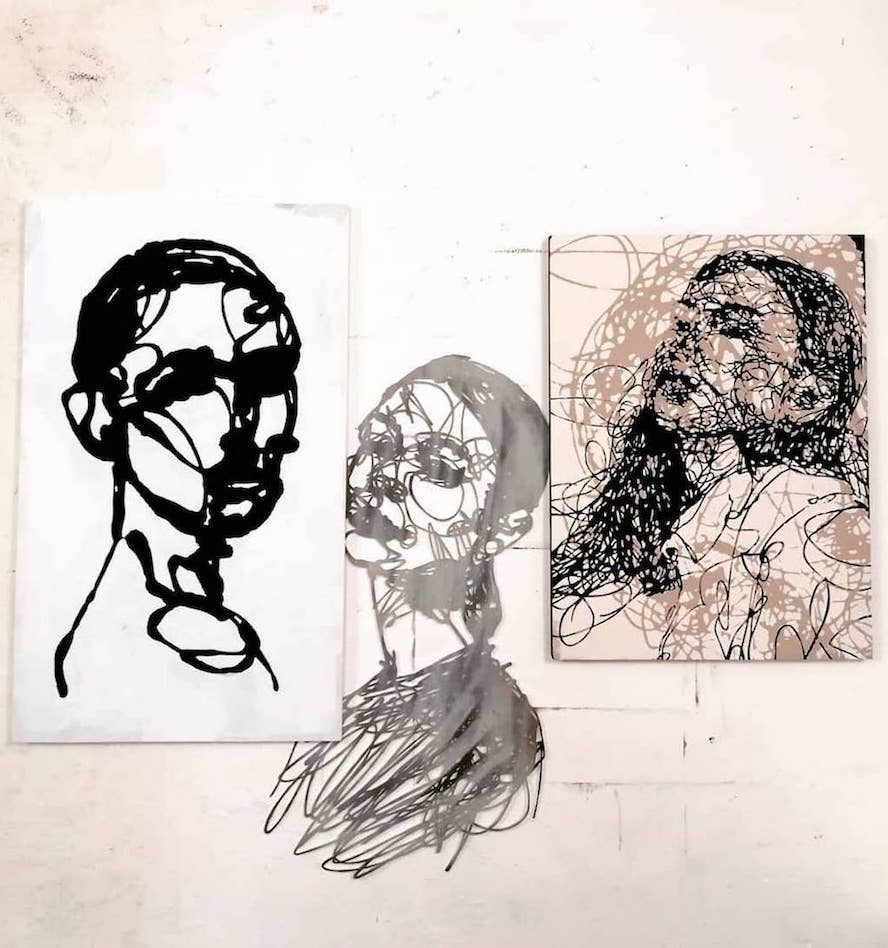
How and when did you enter the street art? What are your sources of inspiration, and what primarily drives you to produce art in urban space?
I have always been in contact with street art. In Rome, I saw it being born, and I have always had writer and street artist friends. For years with my works I have traveled on tracks that are parallel to that world without ever being fully part of it.
It was only last year, during the first lockdown, that something changed for me. I was forced to stay at home, and art helped me a lot in that moment. At the end of the lockdown, when I was finally free to go out again, I felt compelled to release my art as well and take it to the streets with me. So I can say that the main reason was really the desire for freedom and sharing.
My sources of inspiration are varied and range from art to cinema, from literature to music. As far as street art is concerned, the artists I have always admired are Sten & Lex, Lucamaleonte, 108 Nero, Martina Merlini, MP5, and Borondo.
Can (urban) art influence issues within a country? Do you think it can influence or change society?
Absolutely yes, and I believe it can do so through culture and beauty (not the banal beauty of advertisements), bringing people closer and making them aware of art.
Art makes a society more mature and sensitive. I imagine an ordinary person walking along and being totally enraptured by a work on a wall. Maybe they don’t fully grasp the meaning of it, but they are shaken, intrigued, fascinated, and they understand that in the world there is not only work, Rome and Lazio, but also that thing there, difficult to define but able to convey emotions. At that moment everyone has gained something: the observer, the artist, and society.
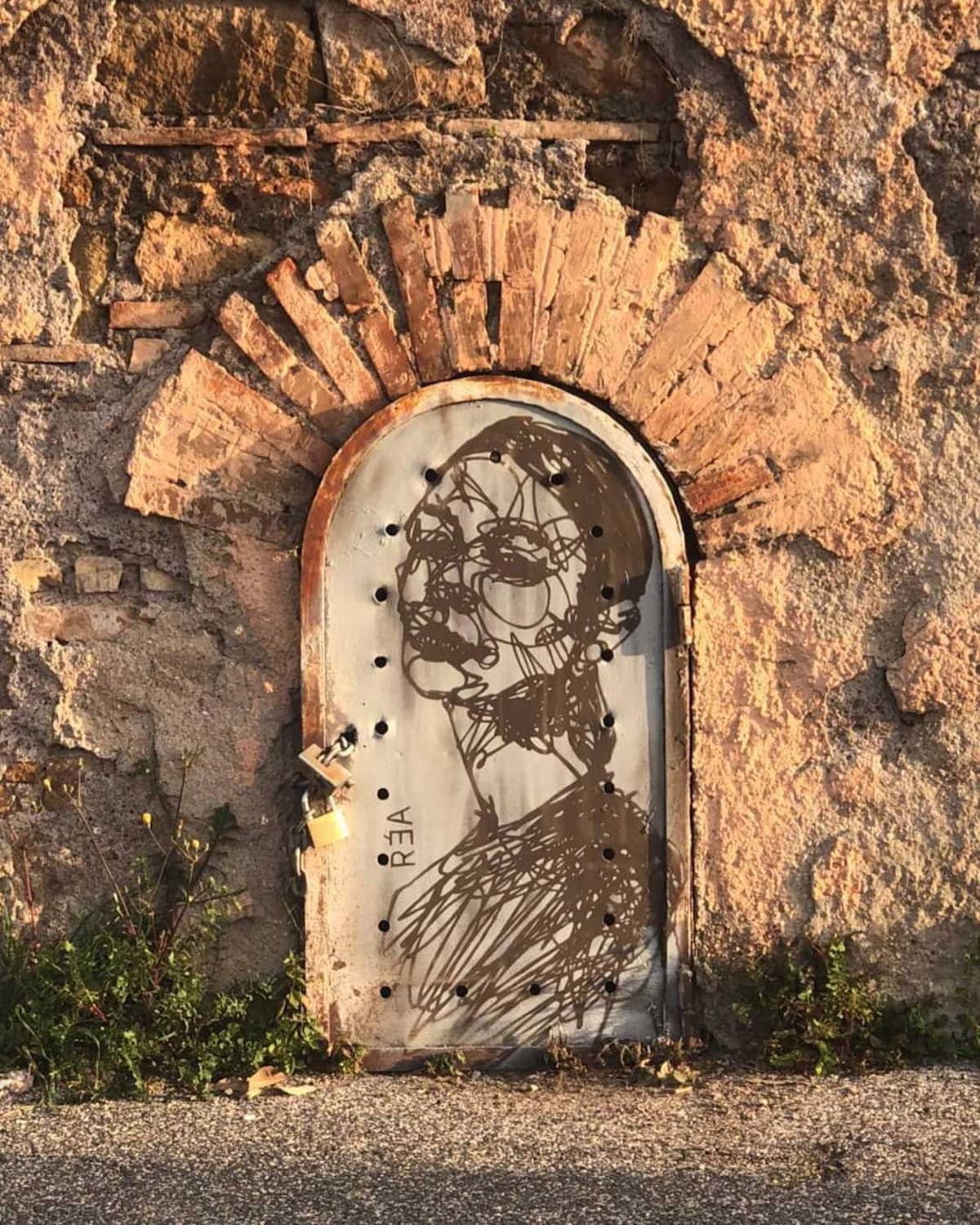
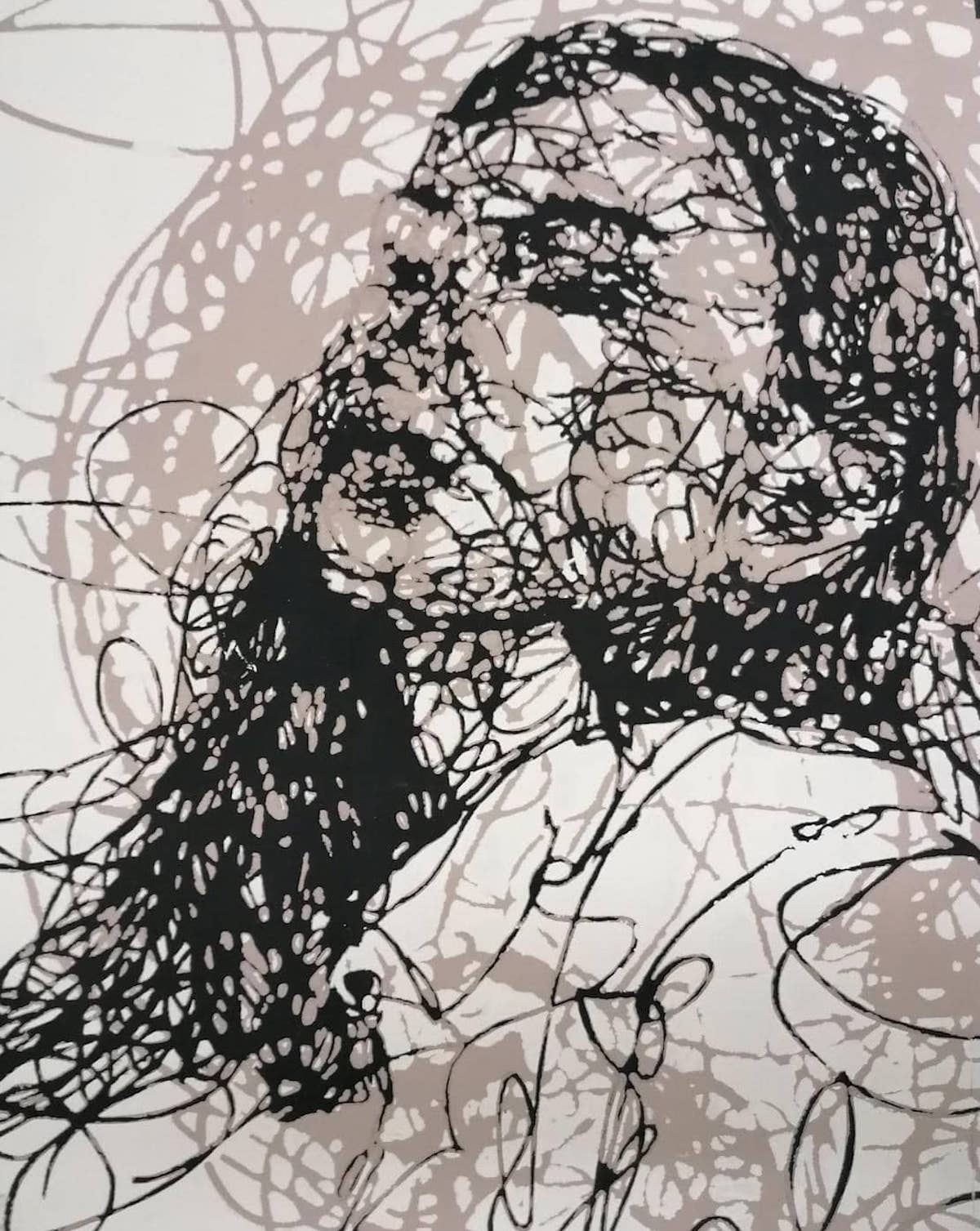
What differences do you perceive when you make art in the street and for the public compared to when you make work in the studio or for gallery exhibitions, regarding techniques, themes, and perhaps motivations and inspirations?
I think it is not important for the artist to please everyone at all costs but to respect himself and his own research.
Nevertheless, you must also take care of those who will pass by that street every day and will be forced to live with your work. For this reason, when I work in the street, I try to create works that are more delicate and less disturbing. In the studio, on the other hand, I know I can experiment; I can push myself towards stronger or more particular works because I know that the gallery public is more accustomed to a certain aesthetic language.
But for me at this moment both are indispensable, and the work I make remains true to my research in both cases.
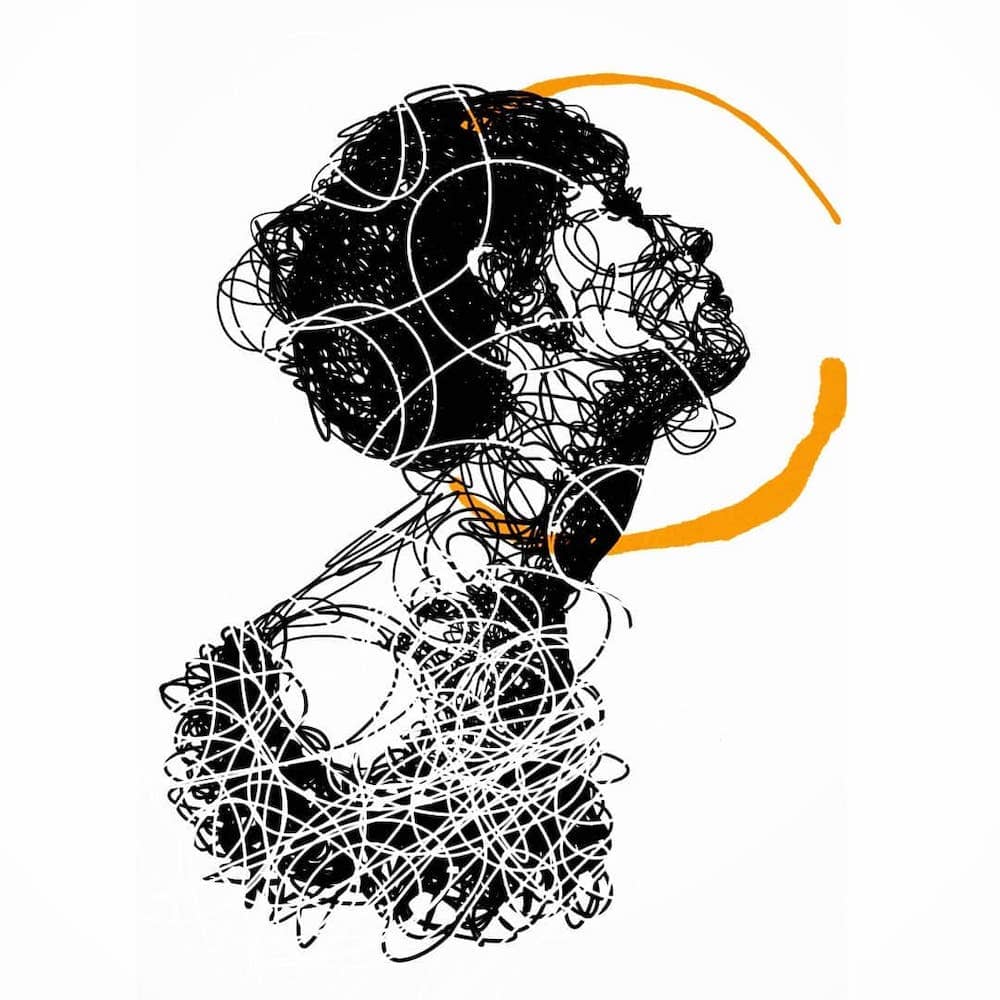
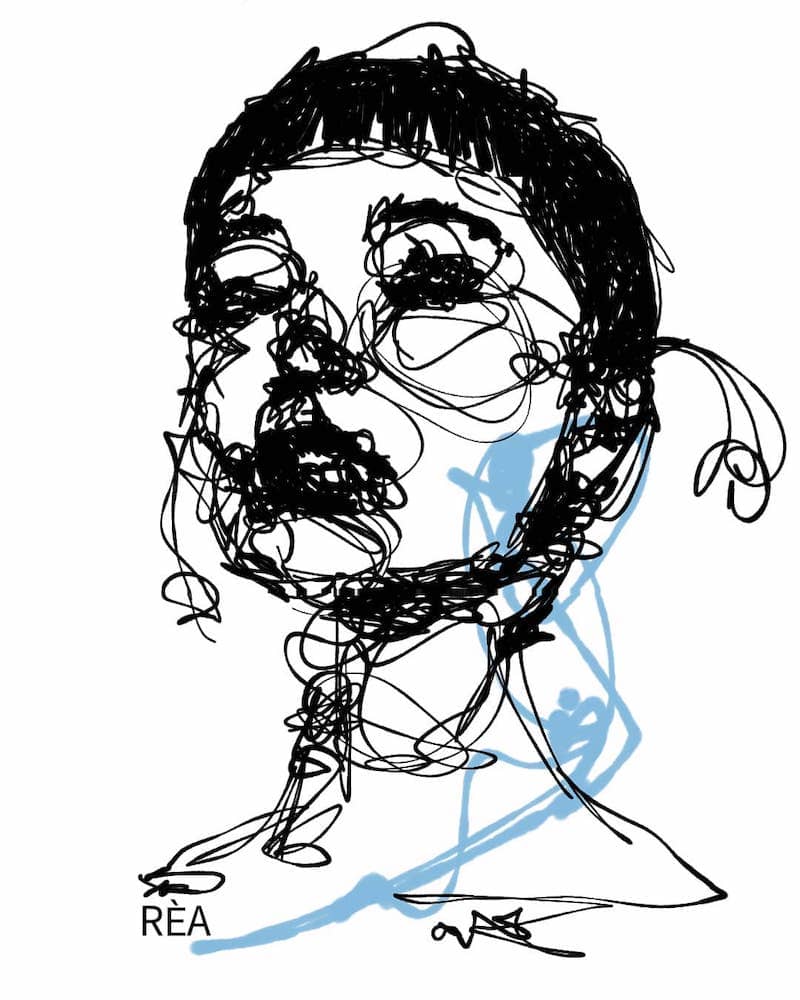
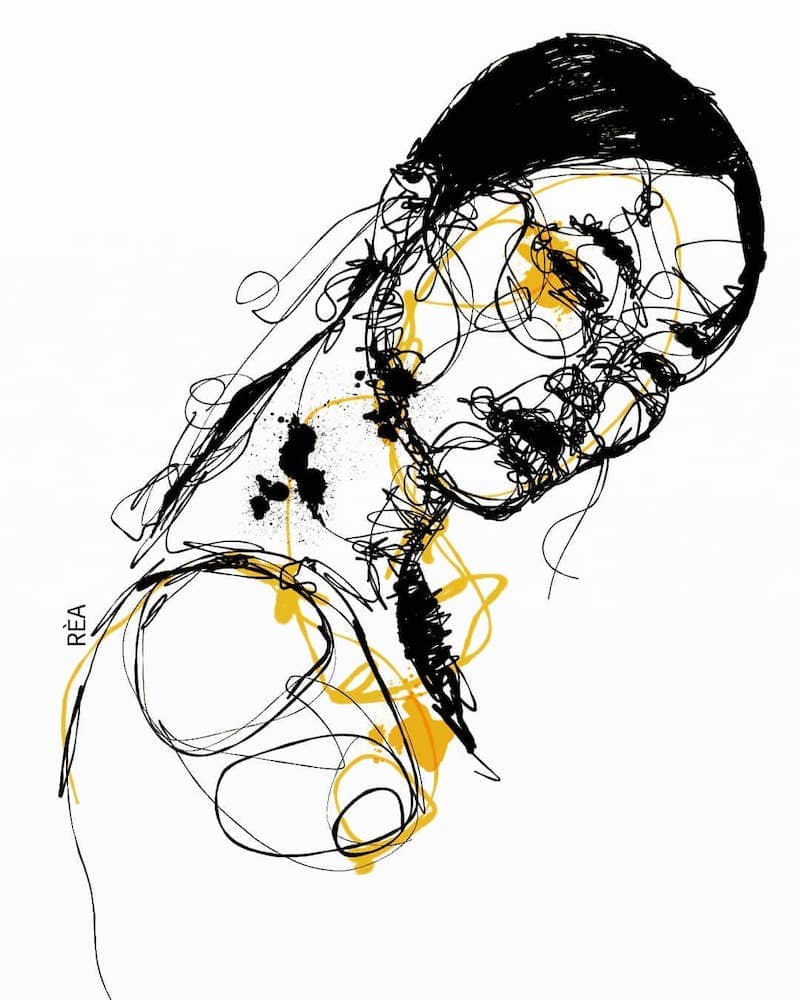
You were born in Rome and you still live and work there. How would you describe the current climate of the Roman urban art scene?
Yes, I was born in Rome and I have always lived here, even if for some years now I have been moving between Rome and Cagliari.
In Rome, I seem to perceive a slow but strong sense of rebirth; there is a healthy desire to do, to create. It may also be due to this absurd year we’ve been through, but I feel that we are perhaps experiencing a new Renaissance. The artists have the desire and the need to express themselves, and I also feel closeness and curiosity from the public.
There is great sharing.
What’s next for you? Any ideas, projects, or dreams for the future?
Recently a beautiful book by Valeria Arnaldi has come out, titled “Reaction and Revolution: Art’s Answer to the Coronavirus.” Inside there is a long interview I did with the author, and some documentation about my work, edited and produced by L&M Produzioni, should also be released.
Then I’m planning exhibitions and wall art, but everything is on standby… I swear I can’t wait to get started again.
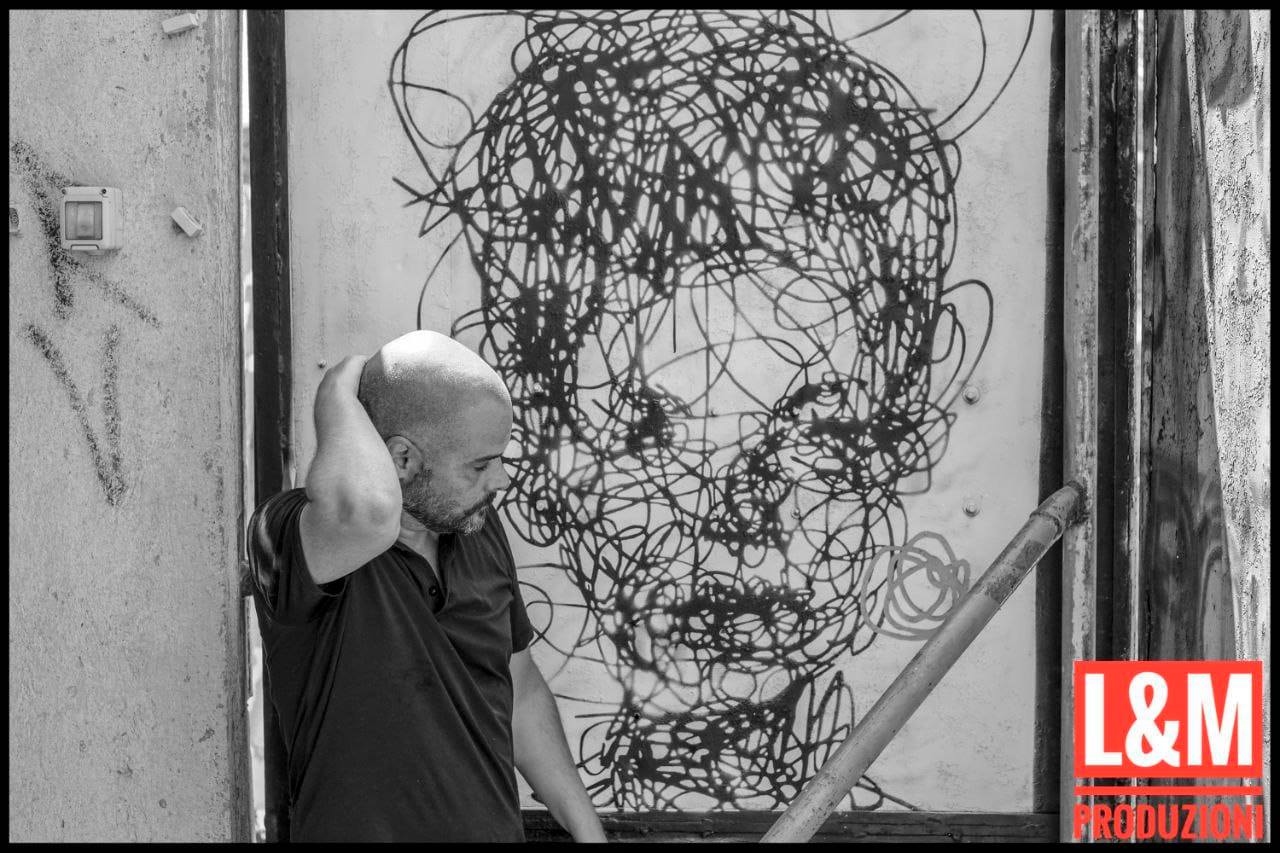
_______________________________________
Pictures © Marco Rèa, Luca Lionetti & L&M produzioni
March 2021
by Laura Vetter


